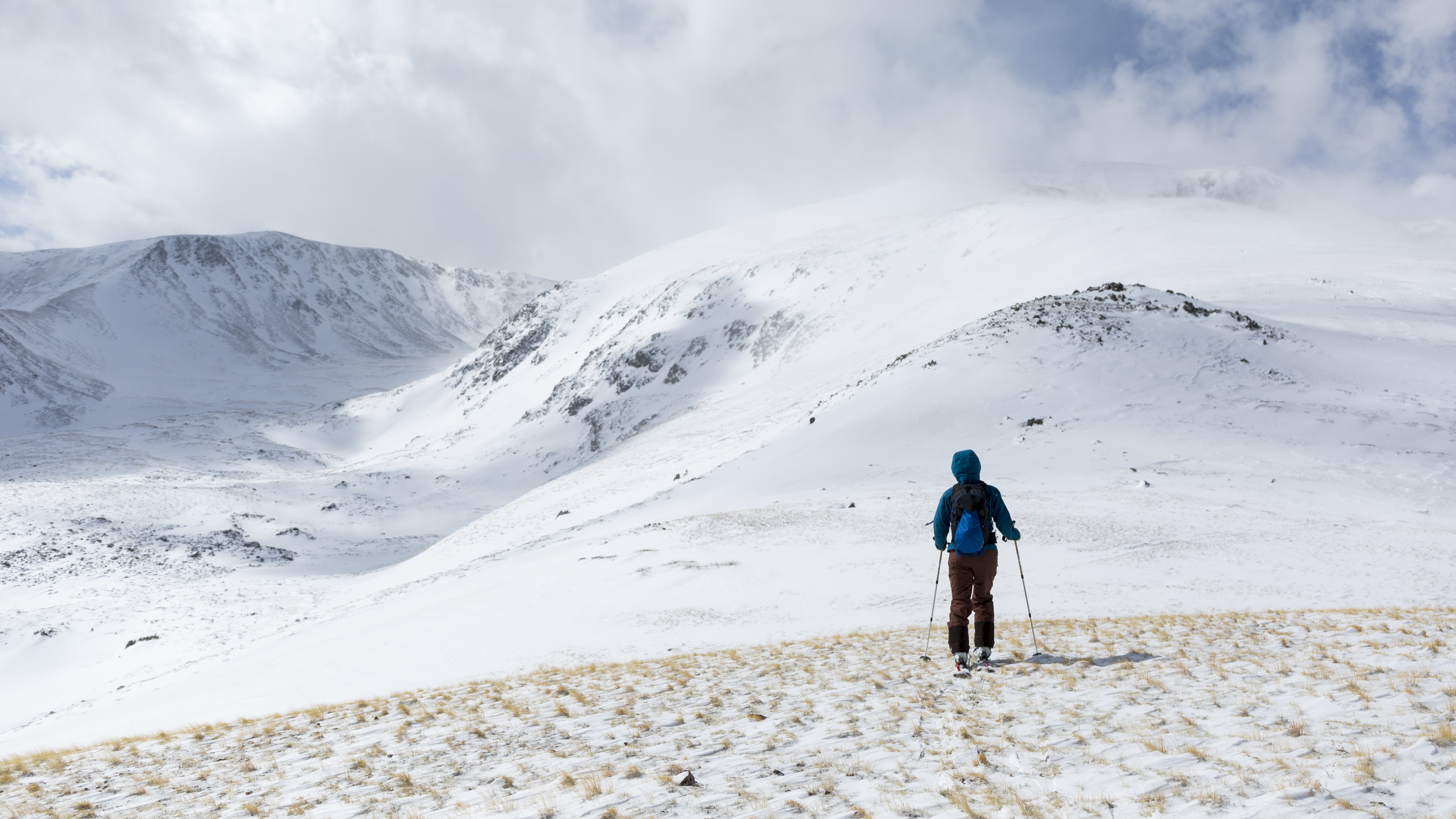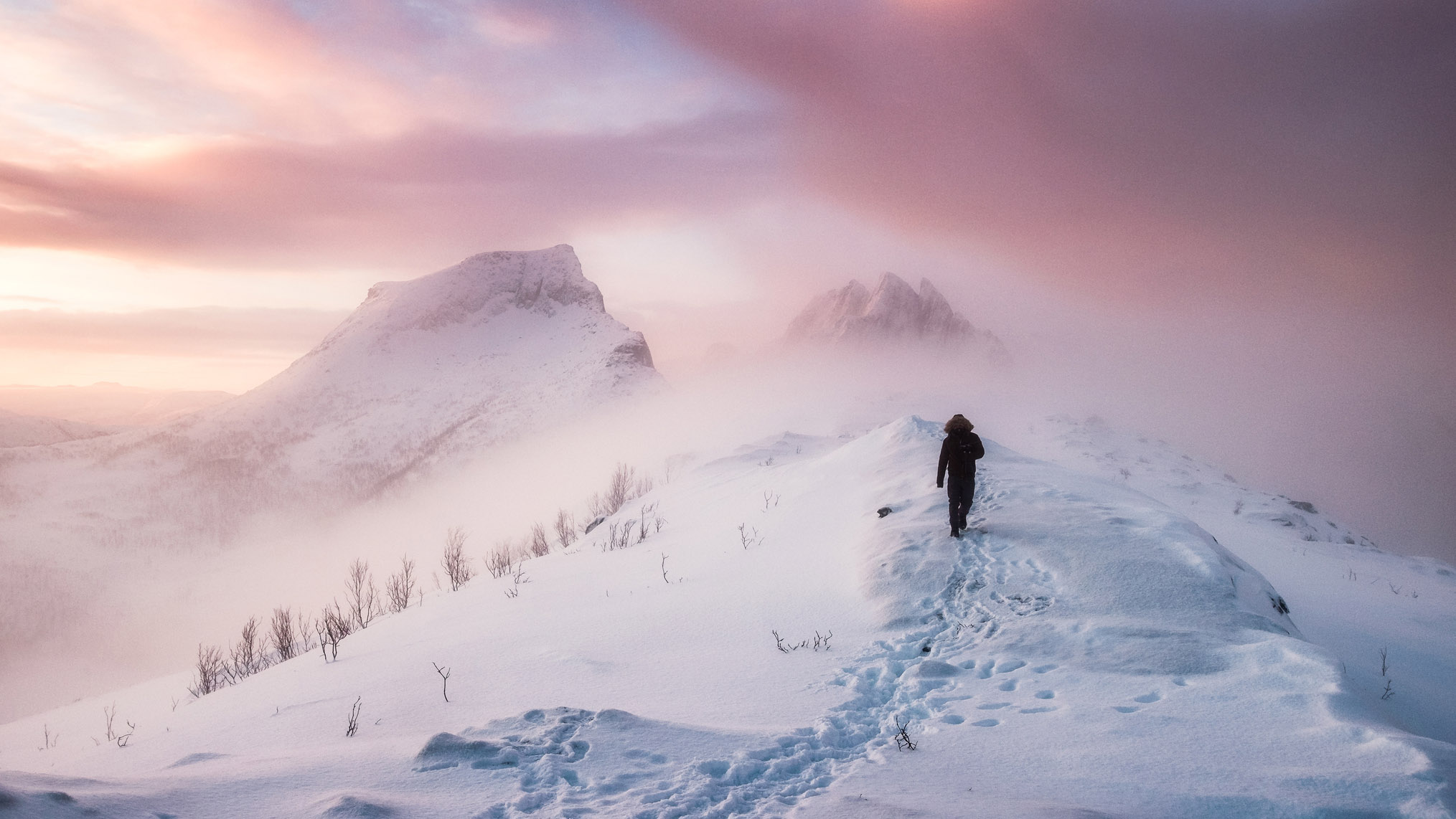Exhausted hiker shelters in "makeshift snow cave" awaiting rescue on Colorado's tallest peak
The "cold and exhausted" hiker was unable to continue after summitting the 14er

A hiker huddled in a makeshift snow cave for hours while awaiting rescue from a Colorado 14er after becoming disoriented on a winter hike. Colorado has received abundant snowfall in recent weeks due to back-to-back winter storms, and the conditions proved too much for the hiker.
According to Lake County Search and Rescue, the male hiker called for help at 1 a.m. on Tuesday and advised mountain rescue that he was at the intersection of the Continental Divide Trail and the North Mount Elbert Trail on Mount Elbert, Colorado's highest peak. He reported his condition as cold and exhausted and said he was unable to continue, triggering a difficult rescue mission for search teams.
"What would be a short extraction down to a popular trailhead in the summer was a completely different challenge in a mid winter snowpack. A three-mile approach via snowmobile was necessary to reach the North Elbert Trailhead, followed by a steep climb up narrow switchbacks in considerable avalanche conditions, breaking trail the whole way."
A two-man team reached the man at 4:30 a.m. where they started warming him up. Unable to walk out on foot, they began to bring him downhill using a stretcher on skis, known as a Sked, before transferring him to a snowmobile to complete his evacuation.

According to the report, the hiker set off at 7 a.m. on Monday from the South Elbert Trailhead, arriving at the summit at around mid afternoon, leaving him with just a couple of hours of daylight for his return. Though in summer conditions, Mount Elbert is one of the easiest 14ers in Colorado to hike thanks to a clear trail, winter conditions make the nearly 6-mile hike extremely challenging.
As the man returned to treeline, he lost his trail and found himself wading in the wrong direction through snow that was approximately four feet deep.
LCSAR warned hikers to ensure they are prepared when setting out into the backcountry in winter, writing: "Lack of proper equipment (snowshoes, gaiters, appropriate footwear) and non familiarity with conditions is a constant theme of our winter rescues."
All the latest inspiration, tips and guides to help you plan your next Advnture!
When hiking in winter, always check the mountain weather forecast, wear winter hiking layers, leave more time than you think you need, carry a satellite communicator and bring appropriate winter traction devices. Learn more in our article on winter hiking safety.
Julia Clarke is a staff writer for Advnture.com and the author of the book Restorative Yoga for Beginners. She loves to explore mountains on foot, bike, skis and belay and then recover on the the yoga mat. Julia graduated with a degree in journalism in 2004 and spent eight years working as a radio presenter in Kansas City, Vermont, Boston and New York City before discovering the joys of the Rocky Mountains. She then detoured west to Colorado and enjoyed 11 years teaching yoga in Vail before returning to her hometown of Glasgow, Scotland in 2020 to focus on family and writing.

